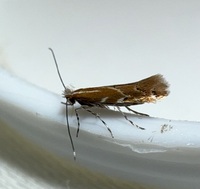
| Recorded by: Marilyn Westphal on 2025-10-12
Henderson Co.
Comment: | 
| Recorded by: Marilyn Westphal on 2025-10-12
Henderson Co.
Comment: |
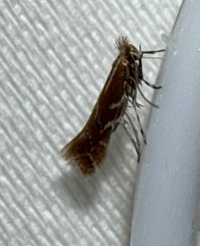
| Recorded by: Marilyn Westphal on 2025-10-12
Henderson Co.
Comment: | 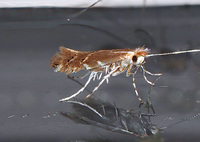
| Recorded by: Jim Petranka on 2024-10-05
Madison Co.
Comment: |
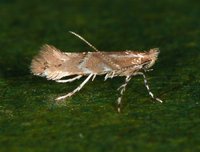
| Recorded by: Jim Petranka on 2024-06-17
Madison Co.
Comment: | 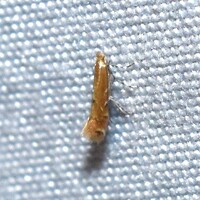
| Recorded by: Jeff Niznik on 2023-10-13
Durham Co.
Comment: |
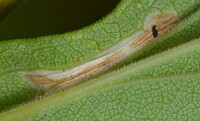
| Recorded by: Stephen Dunn on 2023-09-27
Orange Co.
Comment: | 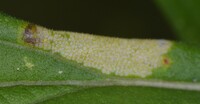
| Recorded by: Stephen Dunn on 2023-09-27
Orange Co.
Comment: |
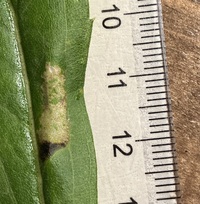
| Recorded by: Ken Kneidel on 2023-07-15
Mecklenburg Co.
Comment: | 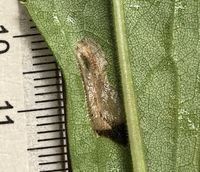
| Recorded by: Ken Kneidel on 2023-07-15
Mecklenburg Co.
Comment: |
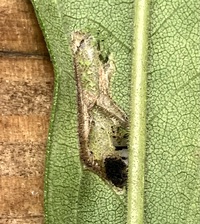
| Recorded by: Ken Kneidel on 2023-07-15
Mecklenburg Co.
Comment: | 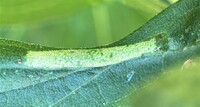
| Recorded by: Dean Furbish on 2022-10-27
Pender Co.
Comment: |
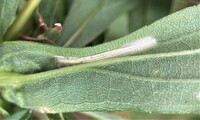
| Recorded by: Dean Furbish on 2022-10-27
Pender Co.
Comment: | 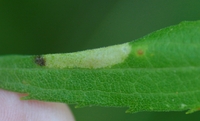
| Recorded by: Tracy S. Feldman on 2022-06-06
Durham Co.
Comment: |
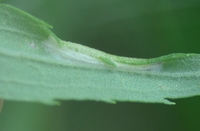
| Recorded by: Tracy S. Feldman on 2022-06-06
Durham Co.
Comment: | 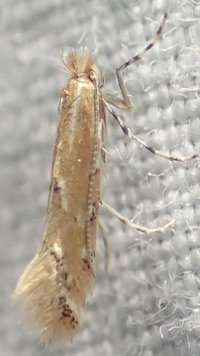
| Recorded by: tom ward on 2022-04-29
Buncombe Co.
Comment: |
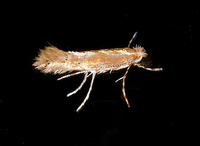
| Recorded by: Jim Petranka on 2021-10-14
Madison Co.
Comment: | 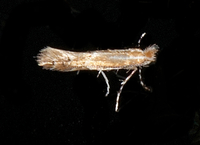
| Recorded by: Jim Petranka on 2021-10-11
Madison Co.
Comment: |
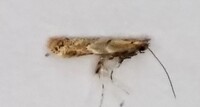
| Recorded by: Gary Maness on 2020-11-09
Guilford Co.
Comment: whitish basal streak is present. | 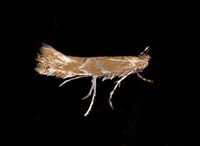
| Recorded by: Jim Petranka on 2020-10-26
Madison Co.
Comment: Attracted to UV light. |
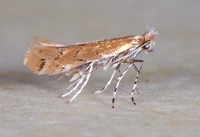
| Recorded by: Jim Petranka on 2020-10-06
Buncombe Co.
Comment: An adult that was reared from Solidago sp. (see companion photo of the mine from 2020-10-01). The white streaks on this specimen are greatly reduced relative to typical specimens. | 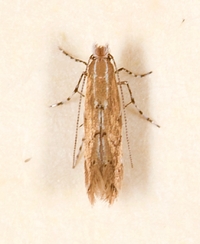
| Recorded by: Jim Petranka on 2020-10-06
Buncombe Co.
Comment: An adult that was reared from Solidago sp. (see companion photo of the mine from 2020-10-01). |
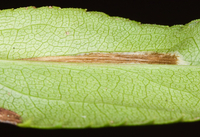
| Recorded by: Jim Petranka on 2020-10-01
Buncombe Co.
Comment: Underside of a Solidago leaf with an occupied mine with a whitish cocoon inside. Note the longitudinal folds on the surface. | 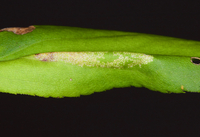
| Recorded by: Jim Petranka on 2020-10-01
Buncombe Co.
Comment: Upperside of a Solidago leaf with an occupied mine with a whitish cocoon inside. |
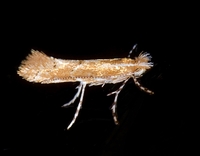
| Recorded by: Jim Petranka and Becky Elkin on 2020-08-18
Madison Co.
Comment: | 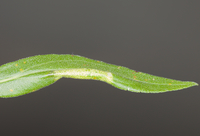
| Recorded by: Jim Petranka and Becky Elkin on 2019-10-28
Madison Co.
Comment: A lower-surface, tentiform leaf mine on Tall Goldenrod (Solidago altissima). |
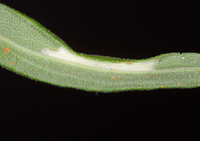
| Recorded by: Jim Petranka and Becky Elkin on 2019-10-28
Madison Co.
Comment: A view of the leaf mine from the lower surface. | 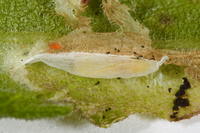
| Recorded by: Jim Petranka and Becky Elkin on 2019-10-28
Madison Co.
Comment: A mine on S. altissima that was dissected to reveal the spindle-shaped cocoon that is characteristic of this species. |
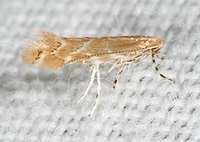
| Recorded by: Jim Petranka and Becky Elkin on 2019-09-02
Madison Co.
Comment: | 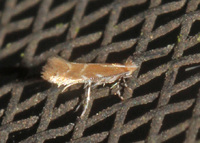
| Recorded by: Harry Wilson on 2016-07-24
Wake Co.
Comment: |
|

 »
»






















